In today’s world where ecosystems are constantly affected by human activities, the conservation of wildlife and plants is more urgent than ever before. Fortunately, with the rapid development of technology, a series of innovative technologies are being applied in the field of nature conservation. These technologies not only improve the efficiency and accuracy of conservation work, but also bring us new methods and means of conservation. This article will explore how these technological innovations can help us better protect wildlife and plants.
The Application of Remote Sensing Technology in Protection
Remote sensing technology collects information about the Earth’s surface from a distance through tools such as satellites and drones, which is crucial for monitoring the ecological environment and habitats of wildlife and plants. For example, satellite images can help scientists monitor deforestation, desertification processes, and the health status of coral reefs. Drones can conduct detailed monitoring and data collection in hard to reach areas without interfering with wildlife and plants.
Internet of Things (IoT) and Wildlife Monitoring
The Internet of Things technology installs sensors on wild animals to monitor their position, movement trajectory, and physiological status in real time. These data are of great help in understanding animal behavior patterns, reproductive habits, and migration routes. In addition, IoT technology can also monitor the environmental conditions of protected areas, such as temperature, humidity, and pollutant levels, to ensure the survival environment of wildlife and plants.
The role of genetic technology in species conservation
Genetic technology enables scientists to gain a deeper understanding of the genetic information of species, which is of great significance for protecting endangered species. Through gene sequencing, scientists can identify genetic diversity between species, which can help develop more effective breeding and recovery plans. In addition, gene editing technology has also been proposed in some cases to eliminate the negative impacts of invasive species.
Artificial Intelligence and Data Analysis
The application of artificial intelligence (AI) and machine learning in wildlife conservation is becoming increasingly widespread. AI can process and analyze large amounts of ecological data, helping scientists identify patterns and trends, and predict the potential impacts of future environmental changes on biodiversity. In addition, AI technology can also be used to identify and classify images and sound data of wild animals, which is very useful for monitoring the distribution and quantity of species.
Mobile applications and public participation
Technological innovation has also promoted channels for public participation in nature conservation. Multiple mobile applications allow the public to upload data on wildlife and plant observations, which can then be used by scientists for research and conservation work. This’ citizen science ‘model greatly expands the scope of data collection and raises public awareness of the importance of nature conservation.
Simulation and planning of protection strategies
Through computer simulations, scientists can test different conservation strategies without interfering with the natural environment. These simulations can predict the potential impacts of human activities, climate change, and conservation measures on wildlife and plants, helping policymakers and conservation workers make wiser decisions.
Challenges and Prospects
Although technology has broad prospects for application in wildlife conservation, there are also challenges. The high cost of technology, privacy issues with data, and excessive reliance on technology can all affect the effectiveness of protection measures. In addition, technological innovation needs to be combined with laws and regulations, protective policies, and socio-economic factors in order to maximize its effectiveness.
epilogue
Technological innovation has brought new hope for the protection of wildlife and plants. From remote sensing monitoring to genetic technology, from artificial intelligence to citizen science, these advanced technologies are helping us better understand and protect life on Earth. In the future, with the continuous advancement of these technologies and the reduction of costs, we are expected to achieve greater success in nature conservation.







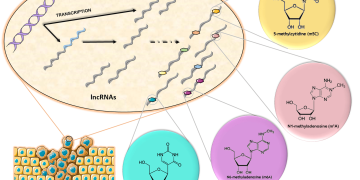


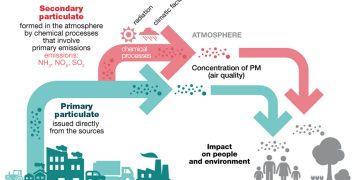
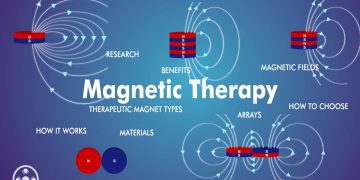
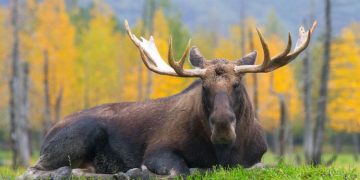






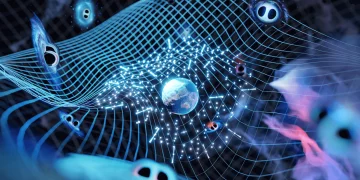
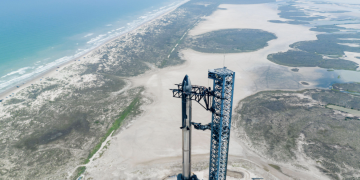
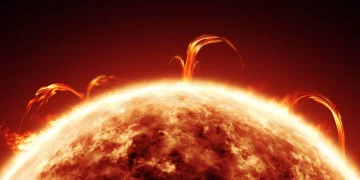
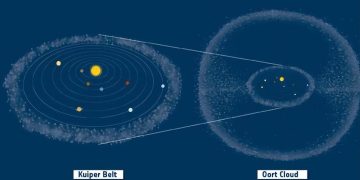

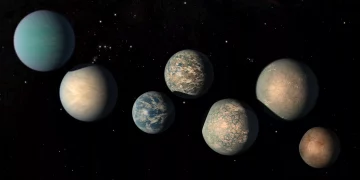




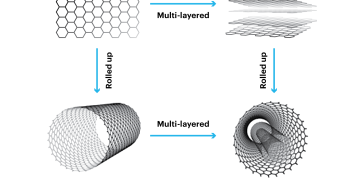
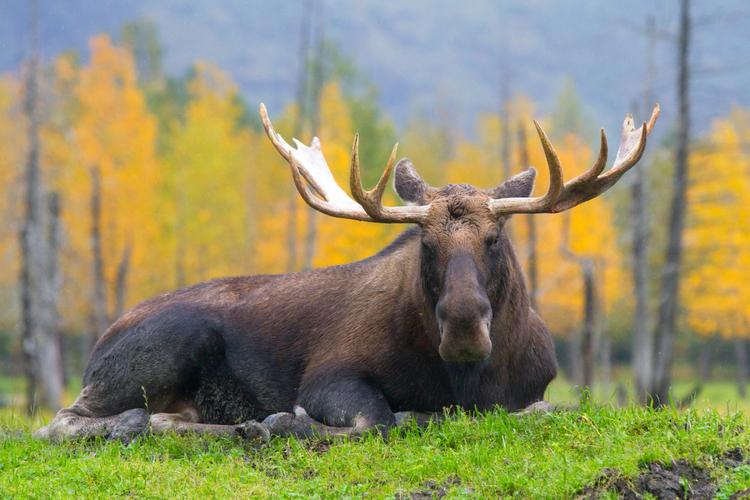












Discussion about this post